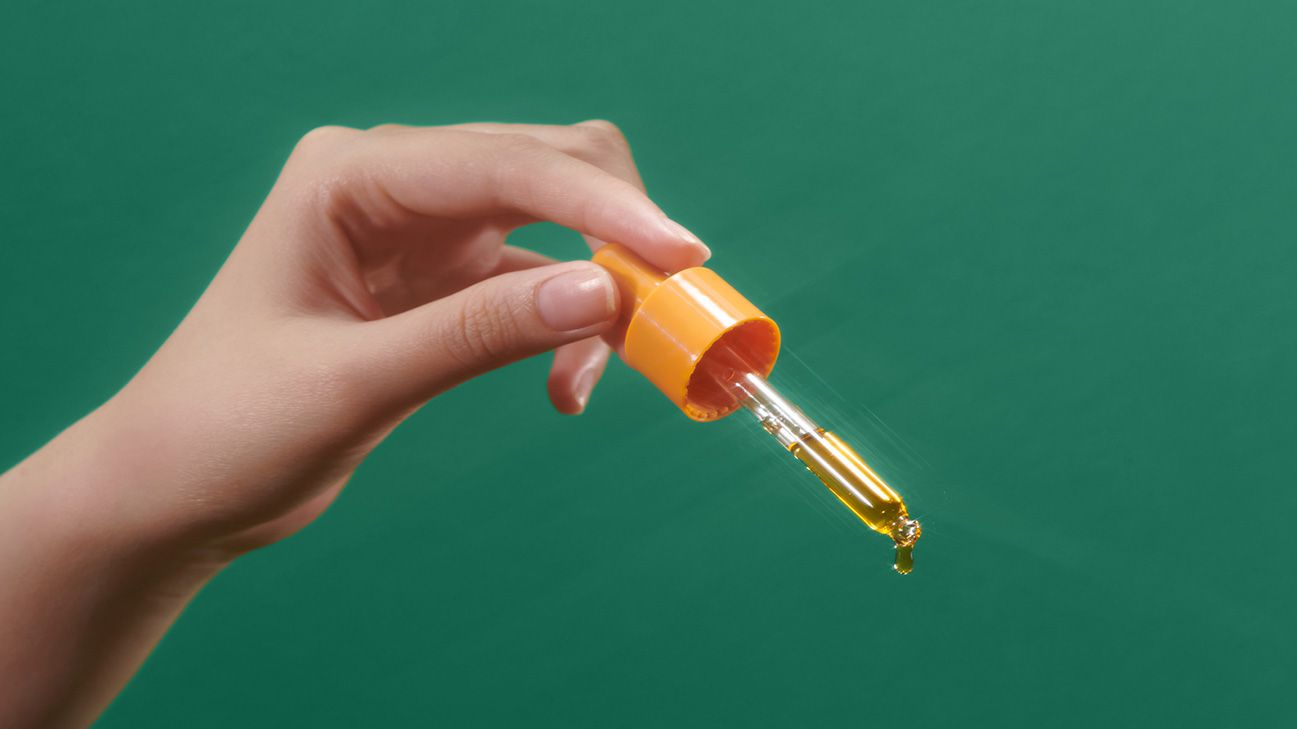We include products we think are useful for our readers. If you buy through links on this page, we may earn a small commission. Here’s our process.
Greatist only shows you brands and products that we stand behind.
Our team thoroughly researches and evaluates the recommendations we make on our site. To establish that the product manufacturers addressed safety and efficacy standards, we:- Evaluate ingredients and composition: Do they have the potential to cause harm?
- Fact-check all health claims: Do they align with the current body of scientific evidence?
- Assess the brand: Does it operate with integrity and adhere to industry best practices?
Hyaluronic acid is the “it girl” of skin care right now. Though it shouldn’t be your only secret weapon for keeping acne at bay, it can help manage a zitty situation.
If you haven’t been formally introduced yet, hyaluronic acid (HA) is a celebrated skin care ingredient known for its elite ability to moisturize, help out with elasticity, signs of aging, and more.
Some folks add it to their acne arsenal to help manage breakouts.
We chatted with a derm to see if adding HA to your skin care cabinet is worth it when it comes to acne.

HA is, among other things, an anti-inflammatory, tissue-regenerating sugar molecule also used for wound healing.
San Diego-based board-certified dermatologist Melanie Palm, MD says HA is safe and effective for acne-prone skin. She also points out that it’s noncomedogenic, meaning it won’t clog your pores.
HA doubles down on its help with pores by helping to control sebum production — which Palm says can help manage already clogged pores and breakouts.
Palm adds that by improving your skin barrier, HA also lessens redness and irritation caused by breakouts.
Plam gives us a play-by-play for applying HA for acne below.
- Thoroughly cleanse: Gently rid your skin of any makeup, sunscreen, and debris with the right cleanser for your skin type (cleansers for acne-prone skin can be found here).
- Dry and apply: After cleansing and gently patting your skin dry with a clean towel, Palm says to pat hyaluronic acid into your skin and let it dry completely before layering on other products and serums.
- Apply add-ons: If you have acne-prone skin, Palm says you’ll benefit from adding beta hydroxy acids (BHA), like salicylic acid, or alpha hydroxy acids (AHA), like glycolic acid.
- Moisturize: Palm says that depending on the dryness of your skin, you can add a layer of moisturizer next.
- Sun protection: No skin care routine is complete without SPF protection. Your future skin will thank you.
HA on its own is not your go-to acne scar all-star.
Other ingredients and treatments have a better shot at improving the look of scars than just topical HA.
However, Palm points to newer research suggesting that HA filler (via injection) can improve the depth and appearance of acne scars.
Plus, some other studies found that topical HA, when combined with CO2 lasers, can improve the look of acne scarring.
You’ll have to discuss these options with your dermatologist to see if it’s right for you. Laser resurfacing usually requires prep work and downtime. Plus, it can be pretty expensive.
You’ve got HA questions; we have answers.
Where can I buy hyaluronic acid for acne?
Literally almost anywhere. You can find HA serums on Amazon, at drugstores, or you can peruse options at Ulta or Sephora.
What’s the difference between hydraulic serum vs. hyaluronic cream?
- Serums: As Palm explains, serums are typically lighter in texture and are more easily absorbed by the skin, which means they’re usually more potent.
- Creams: These are thicker than serums, and Palm says they’re more likely to sit on top of your skin or may take longer to absorb.
“Those with acne-prone skin can benefit from a hyaluronic acid serum throughout the year but may consider adding a cream to their routine during the colder and dryer winter months,” Palm adds.
What are the side effects of using hydraulic acid?
“Adverse effects to topical hyaluronic acid are rare, and it’s a generally safe skincare ingredient for all skin types,” Palm tells us.
Palm still recommends patch testing any new-to-you skin care product or ingredient to ensure you’re not allergic to it before slathering it all over your face.
Overall, HA is gentle and shouldn’t give you any fuss, but if you opt for an HA filler injection, then you run into the risk of adverse effects like pain, bruising, redness, itching, and swelling.
HA may help you manage breakouts thanks to its help with controlling sebum production. It’s a safe and gentle moisturizer, too, so those with acne-prone skin don’t have to worry about clogging those pores. Be sure to add other acne-fighting ingredients to your routine for your best shot at clear skin.

